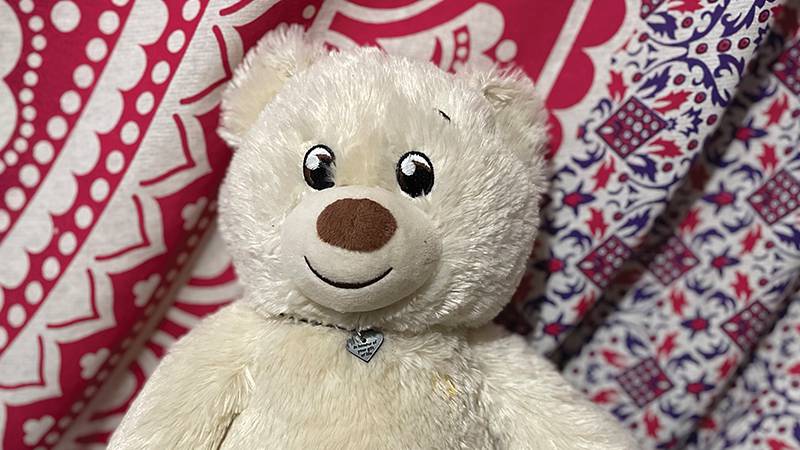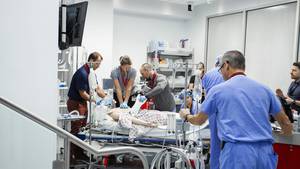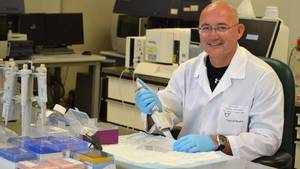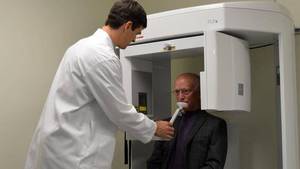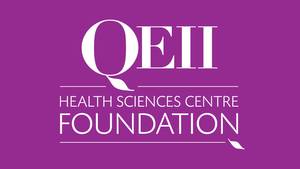When Darrell knew his three teenage children would soon be facing life without him, he ensured they would each have a special keepsake to remember him by.
Working with the Three Wishes Project at the QEII Health Sciences Centre, which grants wishes to ICU patients during end-of-life care, Darrell arranged for his heartbeat to be recorded on a device that was then inserted into a teddy bear for his children.
On April 6, 2021, Joanne and her children were at Darrell’s bedside when he took his very last breath.
“We watched his heart stop beating and then within 15 minutes, my children were each handed a teddy bear that had his heartbeat recording. They press on their bear’s paw and he’s there with them. It’s a gift that’s unexplainable,” expresses Joanne.
These teddy bears offer so much comfort to young family members who have faced loss. Bear wishes began in 2019 when Amanda Landry, support team lead with critical care at the QEII, saw a family lose a young mother, who unexpectedly passed away only a few days post-partum.
“I was trying to find something that would be meaningful to a baby who never got the chance to know her mom. Knowing that would be how her baby knew her for the last nine months, we thought there would be a familiarity there,” shares Amanda.
The Three Wishes team were finding ways to digitally record a patient’s heartbeat, until they approached the QEII Foundation for funding to get the right equipment. With the support from donors, the Foundation helped purchase two special stethoscopes, one for each QEII ICU, which will allow the team to easily capture and download a very clear heartbeat recording to transfer to the device for the teddy bear.
The goal now is to provide sustainable funding for the teddy bears, which cost $40 each.
“I know that there have been many times where we’d like to offer a bear, but due to limited funding, we tend to only be able to fulfill bears when there are children involved,” explains Amanda. “If we could purchase the bears in advance and have them on hand, ready for the recording device, it would go a long way to expanding the reach to more families.”
“Three Wishes is about bringing people together and remembering the patient as a person and what was important to them, as opposed to the disease they had. It’s making human connections and lasting memories,” says Dr. Sarah McMullen, who co-leads the Three Wishes Project with Dr. Jennifer Hancock.
Bear wishes have been even more important during the pandemic, with visitor restrictions fluctuating.
“In the height of the pandemic, we were only able to bring in one or two family members. Usually during end of life, we welcome as many family members and loved ones who want to be there,” shares Dr. Hancock.
And from a staff perspective, Dr. Hancock says the team also takes comfort from the teddy bears.
“End of life is challenging. Knowing that you are providing some comfort for the family is very fulfilling. It helps being able to give the families something, when you feel like you have taken away so much.”
Joanne vividly remembers the team handing the heartbeat bears to her children.
“The look on their faces and the way they grabbed those bears was priceless,” smiles Joanne. “And they haven’t let the bears go. They sleep with them every night. My daughter has shared that the bear makes her feel like she didn’t completely lose her dad because she gets to hear his heartbeat every day.”

